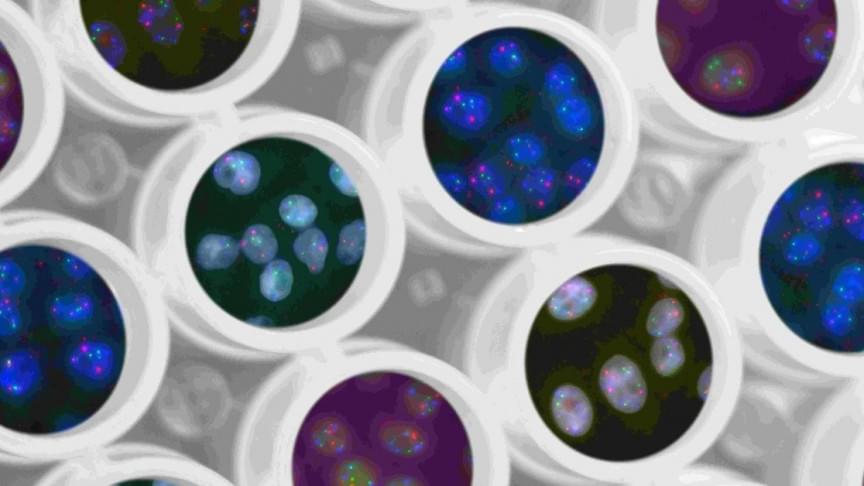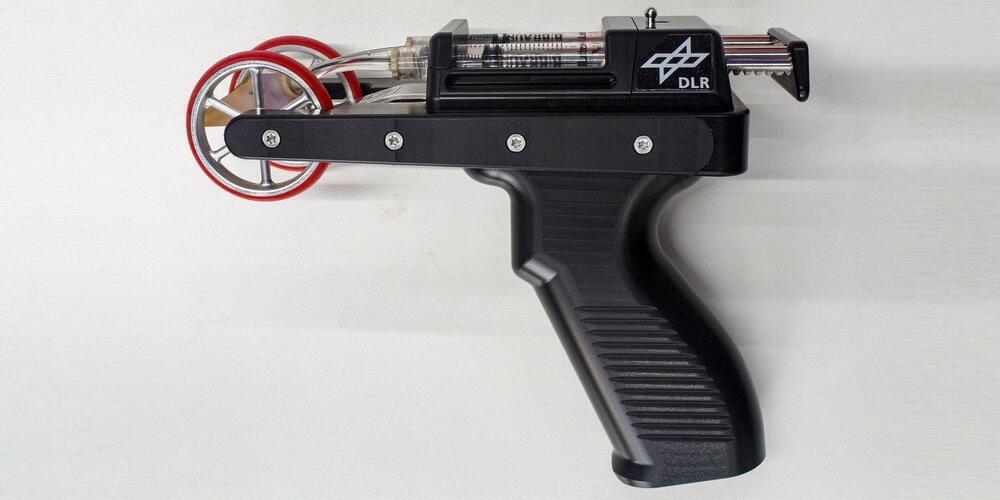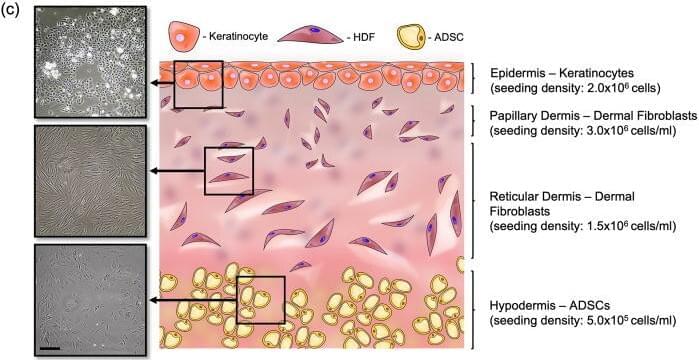
Get the latest international news and world events from around the world.


New Gene Sequencing Method Cuts Cost and Is Five Times Faster, Study Says
And it took less than a full workday. Stanford Medicine scientists and their collaborators have engineered a new genome sequencing technique that can diagnose rare genetic diseases in an average of eight hours. This is a record-breaking time frame that is leap and bounds ahead of other current advanced technologies.
Gene sequencing is crucial to advancing science! Check out why cutting time and cost is key.

Facebook’s Meta Says Its New AI Supercomputer Will Beat All Rivals by 2022’s End
Could it really happen?Looks like Meta is swinging for the cheap seats.
Looks like Meta is swinging for the cheap seats.
The social media superpower Meta (formerly Facebook) has announced that it has built an “AI supercomputer” — an unconscionably fast computer designed to train and enhance machine-learning systems, according to a Monday post from Meta CEO Mark Zuckerberg.
“Meta has developed what we believe is the world’s fastest AI supercomputer,” said Zuckerberg in his post. “We’re calling it RSC for AI Research SuperCluster and it’ll be complete later this year.”

Saudi Arabian stone camels are older than the Pyramids and Stonehenge
Four different measurement tools
Intrigued by the idea that the stone camels might constitute an artistic breakthrough, the aforementioned team of archaeologists — once again headed by Charloux, alongside archeologist Maria Guagnin — tried to see if they could assess their age not through stylistic comparisons but a “technological study” that yielded absolute results, using a variety of measurement tools to determine them.

Innovation will drive the success of NFT gaming, not profit or hype
No matter how big that number sounds, it isn’t much compared to standalone blockchain-based games. Axie Infinity, an NFT-focused video game developed on the Ethereum network, surpassed $1 billion in total trade volume in August 2021, perhaps the most prominent 30-day period in the history of NFTs.
With so much interest in NFTs, it’s only natural that developers have begun to develop the infrastructure necessary to handle what will undoubtedly become a massive secondary market for these assets. In addition, holders want real tangible benefits to holding NFTs, and in a crowded gaming market, new entrants need to differentiate to survive.
2022 is likely the year NFT games become more mainstream, especially now that many crypto investors own these assets. And real innovation, not just in NFTs but in gameplay and mechanics themselves, will be the driving force.

NASA’s Spacecraft Sent to “Touch the Sun” Snaps First Image from “Inside” Sun’s Atmosphere
The photograph was captured by the probe’s WISPR (Wide-field Imager for Solar Probe) instrument when the spacecraft traveled at a distance of 16.9 million miles from the sun, inside our star’s corona.
The image shows distinct jets of solar material, dubbed coronal streamers, seen to the left/center of the image.
The bright spot you see in the above image is Mercury.

Coming fast-charging stations mark important step in EV infrastructure
Until recently, charging your electric vehicle at a public charging station was sort of like a full-time job. Although the charging time varies, the average time required to fully charge an electric vehicle (EV) at those stations is eight hours.
That’s changing — and rapidly, you might say.
On Monday, Starkville Utilities Department announced it will be adding two fast-charging EV stations, one downtown near its office and another near the Starkville Sportsplex.

NASA’s Handheld Band-Aid Tool Sounds Like Sci-Fi Tool Brought To Life
NASA’s band-aid tool uses cells to heal in space.
NASA is testing a prototype device called Bioprint FirstAid Handheld Bioprinter — or Bioprint FirstAid — to heal injuries sustained in space.

Researchers successful in healing deep wounds using 3D bioprinted skin
Researchers from the University of Birmingham and the University of Huddersfield, UK, have developed a new 3D bioprinting technique that can be used to treat chronic wounds.
Named Suspended Layer Additive Manufacturing (SLAM), the approach enables the printing of a novel biomaterial that accurately simulates the structure of mammalian skin.
In fact, according to the researchers, the biomaterial is the first of its kind to simulate all three of the major layers found in skin – the hypodermis, the dermis, and the epidermis – making it a unique tri-layered skin equivalent. Early experiments suggest that the 3D bioprinted skin can be placed at the site of a wound to induce healing, reducing scar tissue in the process.

Researchers detect 1st merger between black holes with eccentric orbits
Using hundreds of computer simulations, the researchers found that the gravitational wave signals from GW150521 are best explained by a high-eccentricity, according to the statement.
The study also sheds new light on how some of the black hole mergers detected by the Laser Interferometer Gravitational-wave Observatory (LIGO) and its European counterpart, Virgo, are so much heavier than previously thought possible. Their findings were published Jan. 20 in the journal Nature Astronomy.